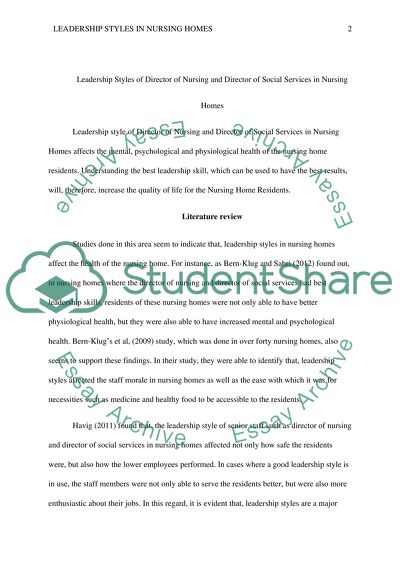Cite this document
(“Leadership Styles of Director of Nursing and Director of Social Research Paper”, n.d.)
Leadership Styles of Director of Nursing and Director of Social Research Paper. Retrieved from https://studentshare.org/health-sciences-medicine/1484516-leadership-styles-of-director-of-nursing-and
Leadership Styles of Director of Nursing and Director of Social Research Paper. Retrieved from https://studentshare.org/health-sciences-medicine/1484516-leadership-styles-of-director-of-nursing-and
(Leadership Styles of Director of Nursing and Director of Social Research Paper)
Leadership Styles of Director of Nursing and Director of Social Research Paper. https://studentshare.org/health-sciences-medicine/1484516-leadership-styles-of-director-of-nursing-and.
Leadership Styles of Director of Nursing and Director of Social Research Paper. https://studentshare.org/health-sciences-medicine/1484516-leadership-styles-of-director-of-nursing-and.
“Leadership Styles of Director of Nursing and Director of Social Research Paper”, n.d. https://studentshare.org/health-sciences-medicine/1484516-leadership-styles-of-director-of-nursing-and.


